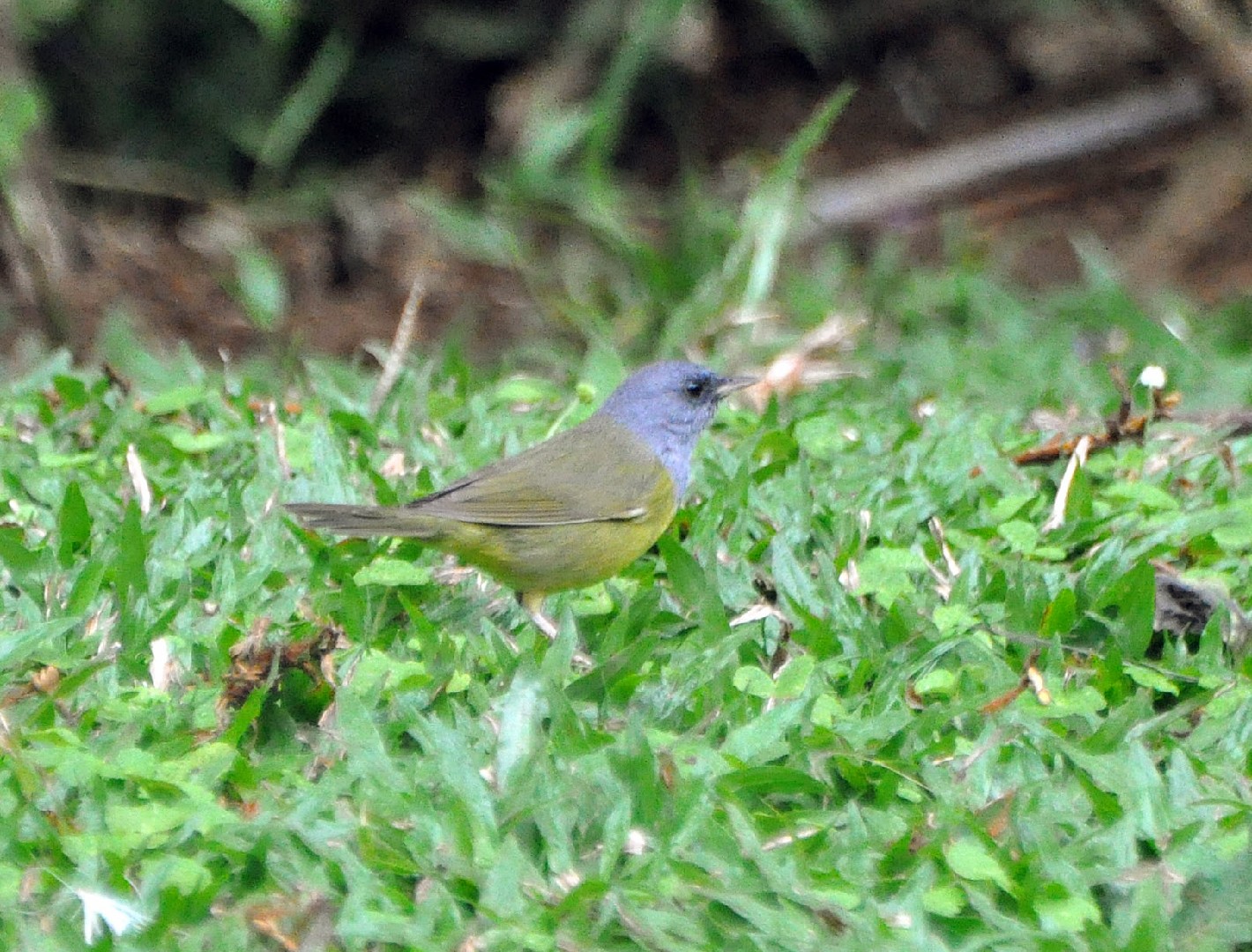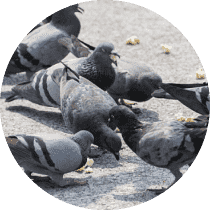Mourning Warbler
A species of Yellowthroats Scientific name : Geothlypis philadelphia Genus : Yellowthroats
Mourning Warbler, A species of Yellowthroats
Botanical name: Geothlypis philadelphia
Genus: Yellowthroats
Content
Description People often ask General Info
 Photo By Don Faulkner , used under CC-BY-SA-2.0 /Cropped and compressed from original
Photo By Don Faulkner , used under CC-BY-SA-2.0 /Cropped and compressed from original Description
The mourning warbler (Geothlypis philadelphia) is a small songbird of the New World warbler family. Mourning warblers are native to eastern and central North America as well as some countries in Central America. They are neotropical migrants and tend to be found in dense second growth forests. They are under the Wood-warbler category, which consists of arboreal and terrestrial colorful passerines. Wood warblers are in the order Passeriformes, which are perching birds including more than half of all bird species, and the family Parulidae which also includes the Common Yellowthroat, Black and White Warbler, Nashville Warbler, ovenbird, and American Redstart. They are very similar to the MacGillivray's Warbler in appearance, especially in females and immature birds, but their breeding range does not overlap into the west. The "mourning" in this bird's name refers to the male's hood, thought to resemble a mourning veil. 
Size
13 cm (5.25 in)
Colors
Black
Green
Yellow
Bronze
Gray
Life Expectancy
7.9 years
Nest Placement
Ground
Clutch Size
2 - 5 eggs
Feeding Habits
Mourning Warbler primarily consume insects, particularly caterpillars, beetles, larvae, and spiders, supplementing with berries and other plant matter. They forage mostly 5-10 feet off the ground, gleaning prey from foliage. In tropics, mourning Warbler feed lower, sometimes following ant swarms. They exhibit distinctive hopping on the ground and removing prey appendages before eating.
Habitat
Mourning Warbler inhabit disturbed forest areas with thick underbrush and a dense canopy, particularly in boreal forest regrowth regions. These birds are adaptable, favoring diverse vegetation like aspen, birch, and oak, and with a preference for altitudes up to 4,600 feet in the Andes during winter. Their nesting requires habitats with ample cover, including shrubbery and saplings.
Nest Behavior
The female mourning Warbler likely undertakes all aspects of nest construction.
Nest Characteristics
Mourning Warbler's nest, found on or near the ground in dense shrubs or among ferns/sedges, usually by habitat edges like bogs/trails, is a large, rough cup comprised of grasses, sedges, weeds, leaves, and bark, lined with finer materials. Dimensions average 6.3x3.4 inches with a 2.1-inch-wide, 1.9-inch-deep cup.
Dite type
Insectivorous
People often ask
General Info
Feeding Habits
Bird food type
Bird Feeder Type

Ground

Platform
Behavior
Mourning Warbler exhibit secretive behaviors, often dwelling within dense underbrush, making them challenging to observe. These birds are territorial; males assert dominance by singing, wing and tail flicking, and chasing intruders. Their flight is characterized by rapid, darting movements. Males vocalize from low perches and exhibit twilight flight songs involving chip notes, executed during an aerial display and descent. Unlike males, females do not claim territories but join in nest defense with distraction displays. Both parents partake in incubation and chick feeding. Post-fledging, mourning Warbler may linger in breeding territories for additional weeks.
Distribution Area
Mourning warblers have breeding ground in southern Canada, and are commonly seen during migration in the central and eastern United States, Belieze, Bonaire, Puerto Rico, Guatemala, Panama, and other Central American Islands. These birds migrate to Central America and northern South America. Mourning warblers are low or ground nesters, and prefer disturbed forests with a thick under-story and covered canopy. In the winter they prefer wet lowland habitat with dense vegetation. 
Species Status
According to the North American Breeding Bird Survey, Mourning Warbler populations have declined by about 43% in the last 50 years. However, they are still categorized as a species of least concern with 17 million estimated as a global breeding population by Partners in Flight. As they have a preference for disturbed forests, they may be benefitting from human development that may be negatively effecting the habitats of other bird species. 
Scientific Classification
Phylum
Chordates Class
Birds Order
Perching birds Family
New world warblers Genus
Yellowthroats Species
Mourning Warbler